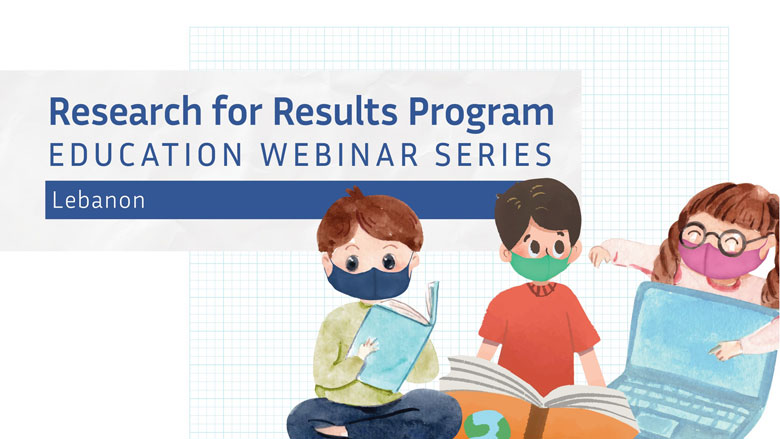
Play is not frivolous: BOLD
Play is not frivolous
Children need to play to learn
Cristian Bortes, flickr.com, CC by 2.0
by Aisha Schnellmann
July 9, 2019 / 2 Comments
Growing up, I was often offered playtime as a reward, to be enjoyed only after sufficient productive learning time was clocked. To play was to take a break from puzzling mathematics and difficult vocabulary – a time for seemingly unproductive fun. Recent research by Michael W. Yogman and his co-authors, however, has found that far from being frivolous, play drives learning by helping young children develop the crucial physical capacities and social-emotional skills needed to thrive in the classroom. Children, in fact, need to play in order to learn.
Play builds young brains. It enhances children’s brain structures and supports the development of executive functioning skills. These are the building blocks children need to master important skills later in life, such as problem-solving, collaboration, and creativity. When children engage in guided play, for example, the playful learning experience helps to develop their proactive control, providing them with the psychological readiness to explore the unfamiliar and the intrinsic motivation to learn on their own.
Related articles
Learning new words through play
by Aisha Schnellmann / May 22, 2019
How to help an ‘orchid child’ blossom
Interview by Juanita Bawagan / October 27, 2020
LEARNING IN EXTRAORDINARY TIMES
How can caregivers support kids when distance learning becomes necessary?
by Jelena Obradović / August 25, 2020
This in turn enhances their curiosity, positively affecting their memory and learning. Play also helps them manage toxic stress and develop socially and emotionally. For example, 3- to 4-year-olds who were anxious about starting preschool exhibited a two-fold decrease in anxiety levels after engaging in playful activities for fifteen minutes, compared with the group that passively listened to a teacher reading a story.
For children facing childhood adversity, playing with parents or caregivers and sharing joy while nurturing these relationships can reduce their body’s stress response to a healthy level. If left unchecked, toxic stress can have detrimental effects on brain development in young children, resulting in learning difficulties.
Play also helps children develop skills such as negotiation and cooperation, molding emotionally intelligent learners who are able to interact meaningfully with their peers. These are key attributes that have been linked to future academic success.
Paradoxically, classrooms that do not incorporate playful activities but are typically teacher-directed may be making it harder for young children to learn. When children play, they are curious, attentive, excited, and actively engaged in the learning process. The passive learning environment that is typical of a teacher-directed class, however, could stimulate a contrary physiological response: fear. If present in high doses, this has been shown to result in a decrease in attention and, consequently, to affect children’s ability to learn.
“Play drives learning by helping young children develop the crucial physical capacities and social-emotional skills needed to thrive in the classroom.”
This shows that play is not frivolous. “Instead, the biggest barrier to play is the misperception that it is frivolous,” Yogman noted. So are children today playing enough? Pediatricians don’t think so. Quite the contrary: Preschools are increasingly replacing play activities with more teacher-led activities to prepare children for the rigors of primary school. “The focus in schools on testing and the focus by parents on overscheduling children’s free time to be competitive for college robs kids of the opportunity to be creative and curious,” added Yogman.
In response to concerns about a lack of opportunities for play, the American Academy of Pediatrics released a comprehensive list of recommendations for pediatricians, outlining ways they can better engage parents, educators, and policymakers to incorporate playful learning at home and in school. Examples include advocating for the protection of children’s unstructured playtime in school and helping parents understand that playful learning moments are everywhere – if parents are actively interacting with their children. “Parents and schools are the primary change agents, but pediatricians and policymakers can have a major influence on parents and schools,” explained Yogman.
Playtime, therefore, is not simply unproductive time offered to children as a reward – far from it. And until we provide comprehensive support for playful learning at home and in schools, children will not be able to maximize the learning benefits they might derive from play and grow into better learners in the future.










